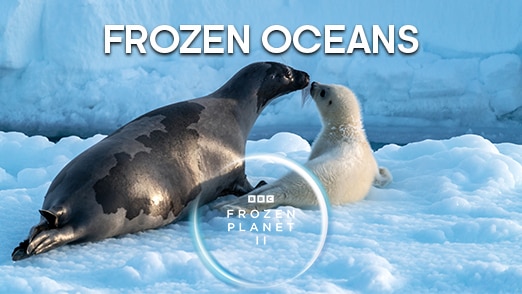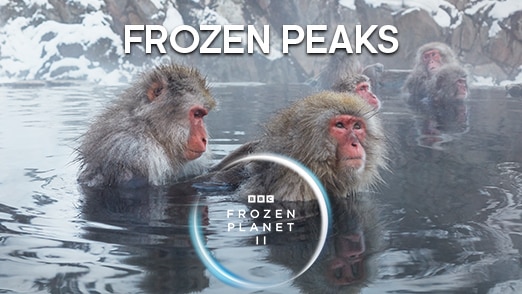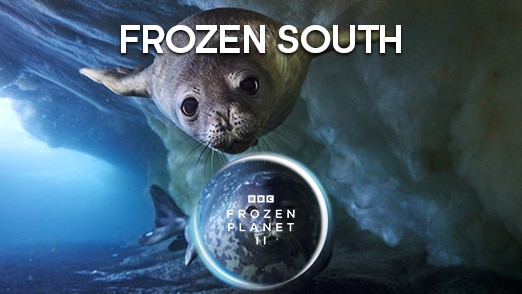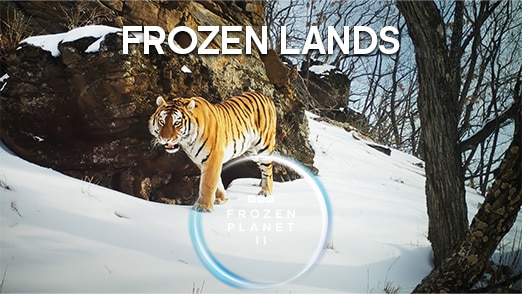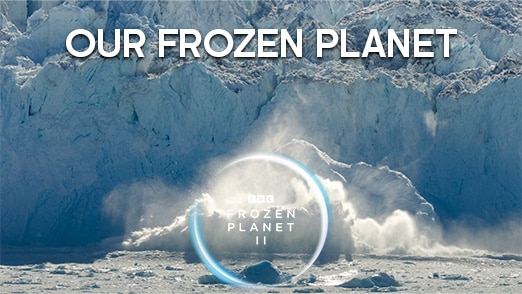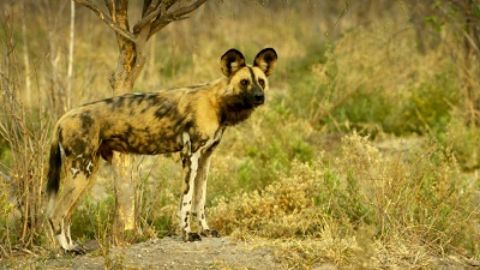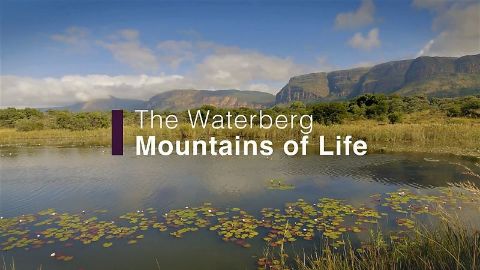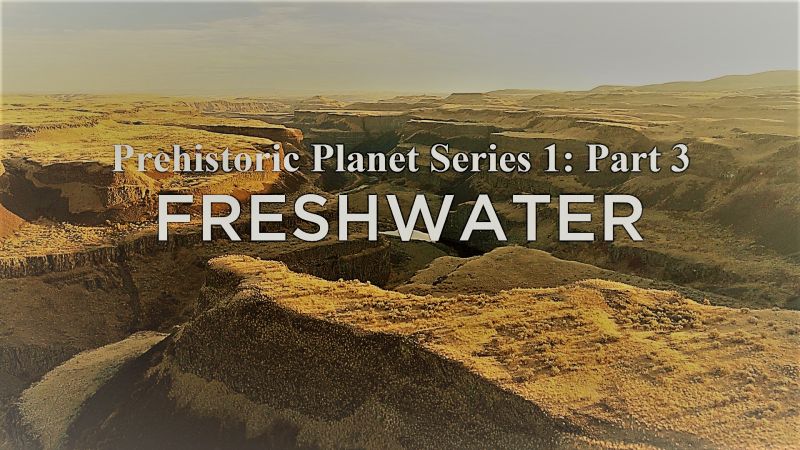Frozen Planet II narrated by Sir David Attenborough • 2022 • 6 episodes •
Beginning in Antarctica, Emperor Penguin chicks are abandoned by their parents as spring begins and must find their way across the treacherous sea ice to the rich waters of the Southern Ocean. In the Himalayas, the world's fluffiest cat hunts for gerbils and voles, while in the boreal forests circling North America, Europe and Asia, a Siberian tiger is on the lookout for black bears.
2022 • Nature
As spring begins after four months of winter darkness. Polar bears lead their cubs to hunt, beluga whales trapped by ice see the possibility of escape, harp seals teach their pups to swim, and bowhead whales come in search of food. Plus, a look at how the region is warming faster than anywhere else on Earth due to climate change.
2022 • Nature
David Attenborough presents a guide to wildlife that have adapted to survive in frozen mountain regions. On the high slopes of Mount Kenya, a pregnant High Casqued Chameleon must choose the right time in a daily cycle of tropical sun and frost at night to give birth. The mountains of Japan are the snowiest place on Earth, providing hostile conditions for a lone male Macaque cast out of his troop. In the remote Southern Alps of New Zealand, parrots feed on the dead, while in the Andes, flamingos thrive in high altitude volcanic lakes.
2022 • Nature
The wildlife of Antarctica, from king penguins that must evade leopard seals to feed at sea to albatrosses responding to diminishing number of females in their population, as well as rare footage of the Antarctic blue whale, the largest animal to have ever lived. As the programme ventures into the heart of the continent, surprising footage reveals one of the most volcanic regions on Earth, with unexpected sand dunes hidden in a rare ice-free valley.
2022 • Nature
The wildlife that inhabit the snow-covered forest and open tundra of the far north, including Arctic foxes that dig face first in the snow to hunt for lemmings and turtle hatchlings that stay frozen during winter, emerging from suspended animation in the first thaws of spring. Snowy owls take advantage of 24 hours of continuous daylight to hunt as much as possible. Plus, a look at how climate change is harming this environment by melting the permafrost deep within the soil.
2022 • Nature
The series concludes by showcasing the work of scientists studying climate change to discover how exactly the environment is changing and its impact for all life on Earth. Glaciologist Alun Hubbard investigates Greenland's melting glaciers from within, while astronaut Jessica Meir describes witnessing forest fires across Europe from the international space station, and reflects on how changing weather patterns are interconnected.
2022 • Nature

